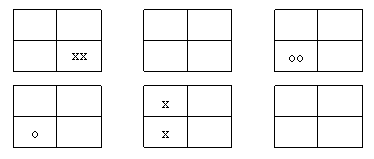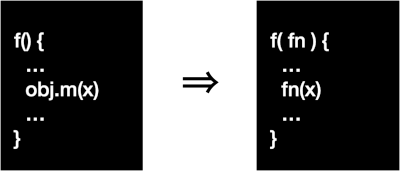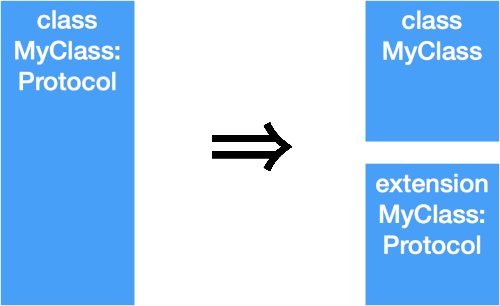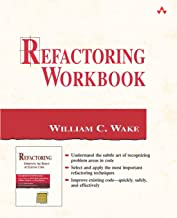The classic definition (from Martin Fowler) is that refactoring is changing the design of existing code without changing its observable behavior.
Why is this desirable? Because different designs are easy to extend in different ways, they have different performance, they vary inn ease of maintenance, etc. By keeping behavior constant, our software still “does” the same thing while we work one other dimensions.
Start Here
“Refactoring, A Whole-Team Guide” – This article gives an overview of refactoring, without going deep into the programmer side of things.
“Refactoring, A Whole-Team Guide – One-page summary of the article.
“Refactoring: An Example, Extended” – A walkthrough of a refactoring.
“Refactoring Presentation (PPT)” – Very old presentation that introduces refactoring.
“Refactoring Challenge – The Amazing Maze” – Take a crazy BASIC program that’s a bunch of if’s, gotos, and simple assignments, with the goal of refactoring to an algorithm that makes sense. (It’s not an ideal exercise; you spend a lot of time turning unstructured code into something you can make sense of.)
“Refactoring Grid” – A physical analogy to the “rules” of refactoring.
Principles
“Data Flow Analysis for Refactoring”
“Harmony and Identity: Generalizing Code” – on Industrial Logic’s blog.
“Home-Grown Refactorings – Be Careful!“
“The Impact of Refactoring on Tests” – originally published at InformIT.com.
“Isolate-Improve-Inline: The 3-I Refactoring Tactic” – on Industrial Logic’s blog.
“Limits of Refactoring: What IS Behavior?” – “Observable behavior” is a subtle thing.
“Local Refactorings” – Focus on refactorings with local impact.
“Refactoring and Generalization in TDD” – originally published in Better Software.
“Refactoring and Programming-Language Semantics” –
“Refactoring: Forcing the Right Extract Method“
“Refactorings Require New Tests“
“Scratch Refactoring” – Sometimes it’s faster to do it twice.
“Transliterating Old-School BASIC“
“When Software Smells Bad” – with Kevin Rutherford. Originally published in Better Software.
Refactoring Catalog
“Extracting Parameterized Unit Tests“
“Loop Unrolling: While ⇒ If-While“
“Hazardous Code Death Spiral (and a Cure)” – on Industrial Logic’s blog.
“The Nested-If Swap Refactoring” – on Industrial Logic’s blog.
“Refactor: Change Signature on a Protocol [Interface]“
“Refactor: Duplicate and Customize“
“Refactor: Parallel Arrays to Array of Objects“
“Refactor Template Method to Strategy“
“Refactoring: Pull Common Code from Conditional“
“Refactoring: Replace Method with Method Object“
“Refactorings from Writing Efficient Programs“
“The Swap Statement Refactoring” – on Industrial Logic’s blog.
“Wrapping a Type, All the Way“
Refactoring Catalog – Functional and Lambdas
“Lambda for Control Structures, a Refactoring“
“Nested Loops to Functional Pipeline“
“Refactoring: Extract Local Lambda“
Swift Refactorings
These are focused on some syntax found in Swift; they may apply to other languages as well. (For example, C# has extension classes.)
“Divide Class into Class + Extension (Swift Refactoring)“
“Extract Protocol Refactoring (Swift) – Elevate Common Behavior“
My Books
“Refactoring in Ruby – InformIT Interview“
“Review – Refactoring Workbook“
Reviews
“Review – Refactoring to Patterns” – by Joshua Kerievsky.
“Review – Working Effectively with Legacy Code” – by Michael Feathers.
“Review – Refactoring” – by Martin Fowler.
Resources on Refactoring
“Resources on Refactoring” – links to others’ material on refactoring.
“Smell to Refactoring Cheat Sheet – Industrial Logic“
“Refactoring Thumbnails” – from Sven Gorts.




